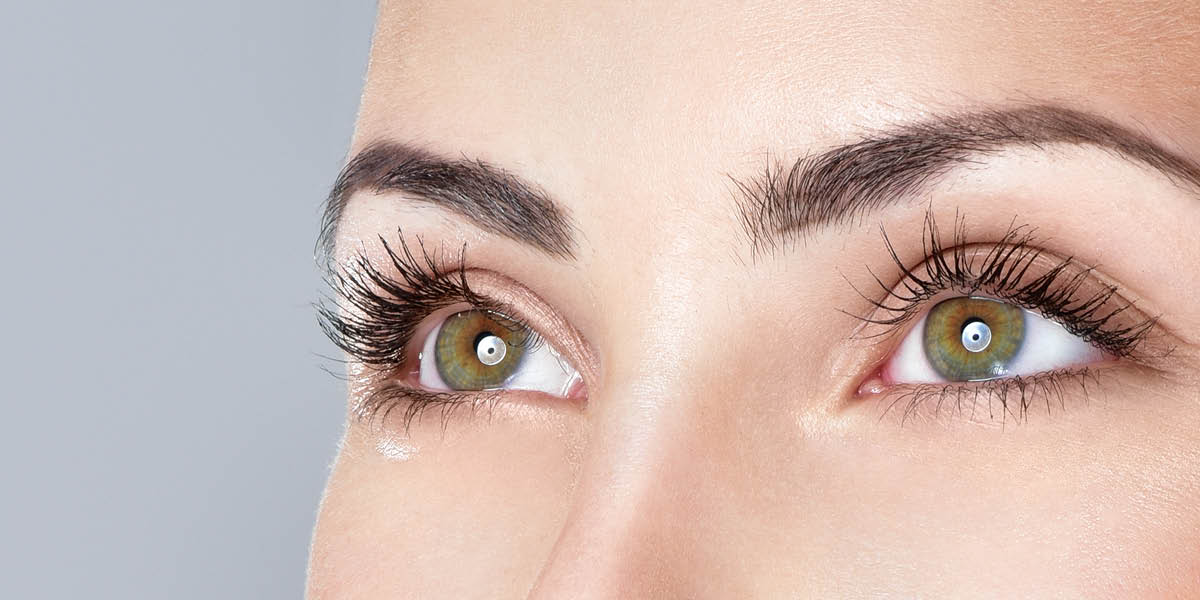-
A study for children with nearsightedness
Official Title The Chaperone Study: A multi-center, double-masked, randomized, placebo-controlled, phase III study of the safety and efficacy of atropine 0.1% and 0.01% ophthalmic solutions administered with a microdose dispenser for the reduction of pediatric myopia progressionPurpose
Is your child nearsighted?
Nearsightedness, or myopia, is a condition that results in blurry vision when looking at distant objects.
Myopia happens when the eyeball grows too long or the cornea (the clear front cover of the eye) is too curved.
As a result, light entering the eye is not focused correctly. While glasses and contact lenses can help a person with myopia see clearly, they do not address the underlying stretching of the eye.Myopia detected in young children tends to increase through the school years . As myopia progresses, it can increase the risk of retinal detachment, cataracts, myopia maculopathy and even blindness. To date, FDA has not approved any drug therapies for reducing myopia progression.
This is why researchers are working to develop new medications and technologies that may help children and teens with this condition. The CHAPERONE Study is a research study testing the safety and effectiveness of microdosed atropine eye solution to see if it slows the progression of myopia in children.
Could this study be right for you?
- Is your child between 3-12 years old?
- Does your child need glasses to see distant objects?
- Is your child able to go to periodic visits at the study clinic to check his/her vision and overall eye health over a 4-year period (11 scheduled visits will be required)?
- Are you available to speak with study staff by phone periodically between your child’s clinic visits to review your child’s experience using study medication?
This study is not for children who have:
- Used atropine or other myopia drug therapies
- Had prior eye surgery
- A systemic disease or condition that can affect their vision
Age Range
3 and up -
Nearsightedness in Children--A Study to Determine if Daily Eye Drops Can Slow the Progression
Official Title CHILDHOOD ATROPINE FOR MYOPIA PROGRESSION (CHAMP): A 3-ARM RANDOMIZED, DOUBLE-MASKED, PLACEBO-CONTROLLED, PHASE 3 STUDY OF ATROPINE SULFATE OPHTHALMIC SOLUTION 0.01% AND 0.02%Purpose
The purpose of the study is to determine if a daily eye drop will help slow the progression of nearsightedness in children.
Could this study be right for you?
Your child may be eligible for this study if he/she is:
- Ages 3-17
- Nearsighted
Participants will complete visits for follow-up (every 6 months) and to pick up study eye drops (every 3 months).
Please have your child’s current eye glasses prescription available when you call.
Age Range
3 and up
